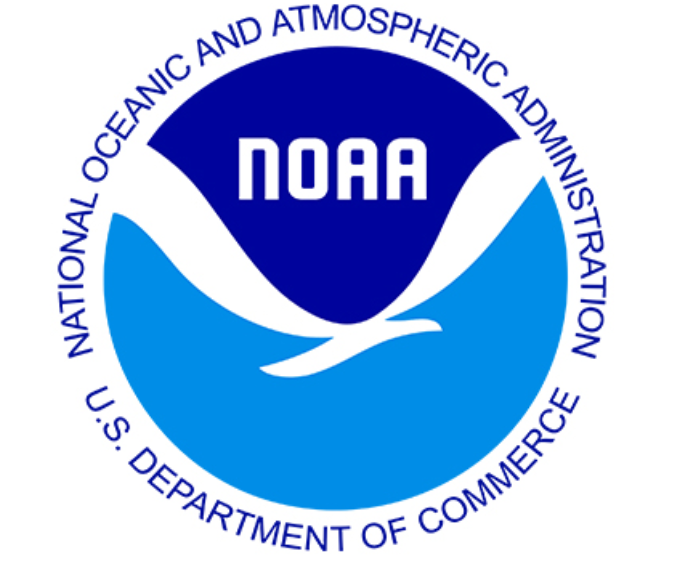
Shared data means everything to Earth observation researchers. If we hope to solve global problems such as climate change, data is at the heart of finding answers to our sustainability questions. While data has become somewhat more accessible in recent years, we can’t take that accessibility for granted — every day, we need to promote the need for public use of Earth observation data.
Sharing is at the heart of GEO’s latest call to action for proposals. In partnership with Google, GEO will choose 25 project proposals to receive licenses for the sustained use of Google Earth Engine in a production environment, to be used by public sector and commercial recipients to tackle significant societal challenges and improve understanding of our planet.
We’re thankful that Google is providing these licenses, valued at US$3 million, to broaden the use of Earth observation data. In keeping with our goal of sharing data, we require that the chosen projects offer the results of their work to the open science community, including code, algorithms, datasets and results.

GEO is committed to ensuring that open Earth observations support sustainable development policies that are grounded in objective data and methods. We coordinate a work program of over 50 activities advancing the use of Earth observations to support better approaches and policies for managing our planet’s resources. The new Earth Engine license program will benefit our 130+ partners in over 100 countries so they can more effectively analyse large datasets.
Open data is instrumental in providing the necessary insights for assessing the constant changes on our planet. With these insights, decision makers can take the critical actions possible to address urgent environmental challenges — a goal at the core of GEO’s mission to enable better policies through open Earth observation data and knowledge. We believe that cloud services such as Earth Engine are the best method for GEO members and participating organizations to effectively mine insights from this data.
Earth observations from satellite imagery and in situ data offers a wealth of information about the world’s oceans, forests and key biodiversity indicators — key vital signs about the health of our planet.

Big data from openly available Earth observations offer a wealth of opportunities for the open science community to produce new research and applications, since these dataset supply critical, objective information about the world’s oceans, forests, and key biodiversity indicators. All of these represent vital signs regarding the health of our Earth’s ecosystems and will help measure the pulse of the planet.
If you’re a GEO member or partner (public sector or commercial organization) interested in proposing your project for a free Earth Engine license to be used in a sustained, production environment we’d love to hear from you. Please submit your proposal via this Application Form to dcripe@geosec.org by March 31, 2020.![]()



